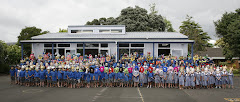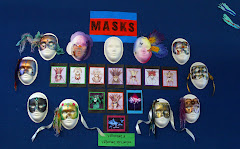 A new 10 page supplement that helps teachers plan their first Classroom Maskmaking Experience is now available to download FREE http://www.maskworx.co.nz/links.html
A new 10 page supplement that helps teachers plan their first Classroom Maskmaking Experience is now available to download FREE http://www.maskworx.co.nz/links.htmlFull of useful tips and information for educators on how to guide their students as they "Unmask their Creativity" in Mask.





No comments:
Post a Comment